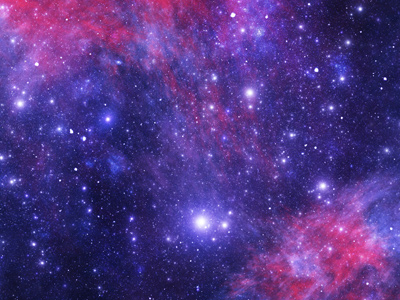
Radioactivity - Nuclear Fusion
This GCSE Physics quiz on radioactivity will challenge you on nuclear fusion. Nuclear fusion is the process that powers active stars. It is a process which can create vast amounts of energy with very little fuel required and no toxic waste is produced. It is the goal of many scientists to try to harness this process to help solve the world's fuel crisis. During nuclear fusion, two atomic nuclei join together to form a larger nucleus. You can think of it as being like the opposite to nuclear fission where a large nucleus splits into smaller ones.
Fission requires a neutron to set off the chain reaction. For fusion to occur, large amounts of energy are required to trigger it. That is one of the biggest difficulties for the scientists trying to make fusion work. The other difficulty is that the fuel for nuclear fusion is hydrogen at high temperatures, and that makes it extremely hard to handle.
Ready for more?
not all...
quizzers. Try to win a coveted spot on our Hall of Fame Page.







